Emergence of IoT Devices
The Computer Microchip Market is poised for growth due to the rapid emergence of Internet of Things (IoT) devices. As industries and consumers alike adopt IoT solutions, the demand for microchips that facilitate connectivity and data processing is escalating. In 2025, the IoT market is projected to surpass 1 trillion dollars, creating substantial opportunities for microchip manufacturers. These microchips are integral to the functionality of IoT devices, enabling real-time data collection and analysis. Furthermore, the increasing focus on smart cities and industrial automation is likely to drive further investments in microchip technology. As a result, the proliferation of IoT devices is a key driver for the Computer Microchip Market, fostering innovation and expanding market reach.
Rising Cybersecurity Concerns
The Computer Microchip Market is increasingly influenced by rising cybersecurity concerns across various sectors. As digital transformation accelerates, the need for secure microchip solutions becomes more pronounced. In 2025, The Computer Microchip Market is projected to exceed 300 billion dollars, highlighting the critical role of microchips in safeguarding sensitive data. Microchips equipped with advanced security features are essential for protecting devices from cyber threats, thereby enhancing consumer trust and market stability. Furthermore, industries such as finance, healthcare, and government are particularly focused on implementing robust cybersecurity measures, which in turn drives demand for specialized microchips. Consequently, the growing emphasis on cybersecurity is a vital driver for the Computer Microchip Market, fostering innovation in secure microchip technologies.
Advancements in Cloud Computing
The Computer Microchip Market is significantly influenced by advancements in cloud computing technologies. As businesses increasingly migrate to cloud-based solutions, the demand for high-performance microchips that can handle vast amounts of data and complex computations is on the rise. In 2025, the cloud computing market is anticipated to reach a valuation of over 500 billion dollars, which directly correlates with the need for advanced microchips. These microchips are essential for data centers, enabling efficient processing and storage capabilities. Moreover, the shift towards hybrid and multi-cloud environments necessitates microchips that can support diverse workloads and enhance operational efficiency. Consequently, the growth of cloud computing serves as a vital catalyst for the Computer Microchip Market, driving innovation and investment in microchip technology.
Growth in Data Analytics and Big Data
The Computer Microchip Market is significantly impacted by the growth in data analytics and big data technologies. As organizations increasingly rely on data-driven decision-making, the demand for microchips capable of processing large datasets efficiently is rising. In 2025, the big data market is expected to reach approximately 250 billion dollars, which will likely necessitate advanced microchip solutions. These microchips are essential for high-performance computing systems that can analyze and interpret vast amounts of information in real-time. Additionally, the integration of artificial intelligence with big data analytics further amplifies the need for powerful microchips. Therefore, the expansion of data analytics and big data initiatives serves as a crucial driver for the Computer Microchip Market, promoting technological advancements and market growth.
Increasing Demand for Consumer Electronics
The Computer Microchip Market is experiencing a surge in demand driven by the proliferation of consumer electronics. As households increasingly adopt smart devices, the need for advanced microchips becomes paramount. In 2025, the consumer electronics sector is projected to account for approximately 30% of the total microchip market. This trend is likely to continue as innovations in smartphones, tablets, and smart home devices necessitate more sophisticated microchip solutions. The integration of microchips into everyday products enhances functionality and user experience, thereby propelling market growth. Furthermore, the shift towards 5G technology is expected to further amplify this demand, as devices require more powerful and efficient microchips to support higher data speeds and connectivity. Thus, the consumer electronics boom is a critical driver for the Computer Microchip Market.
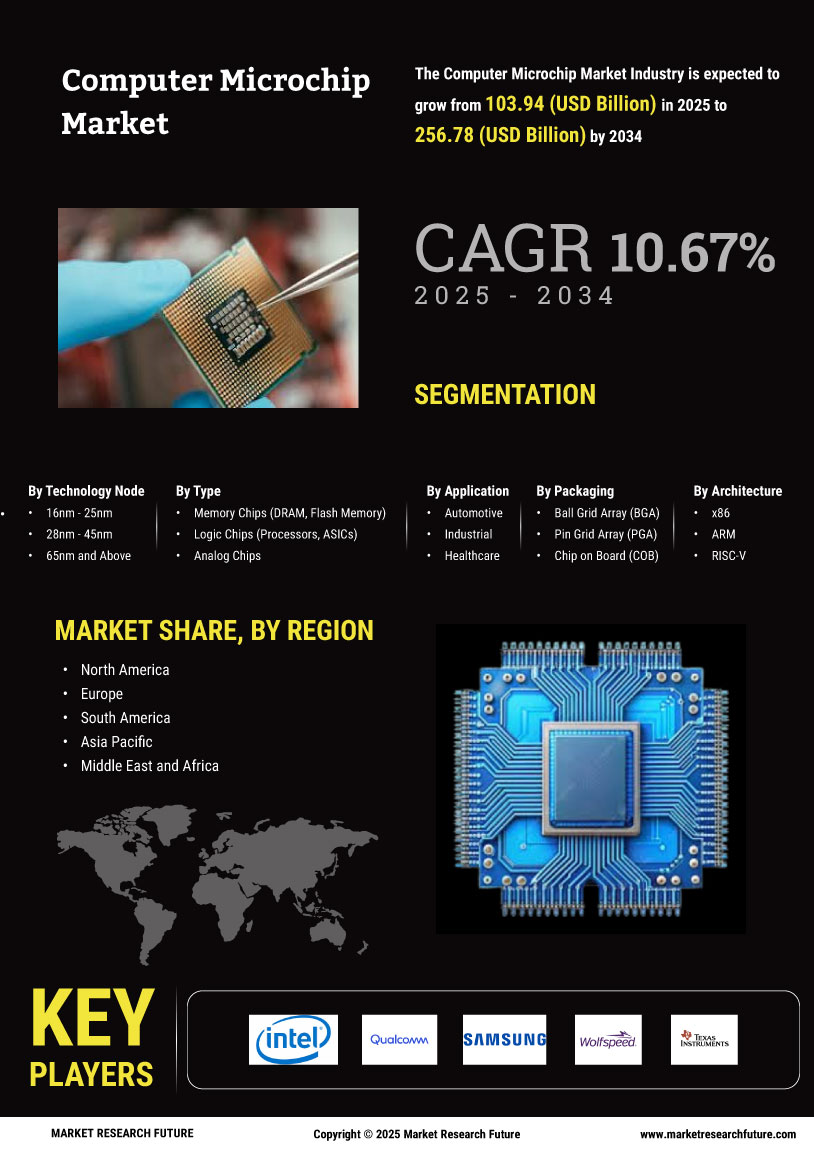
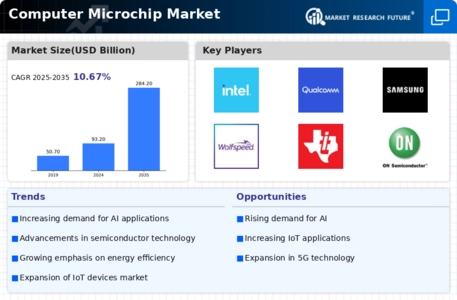

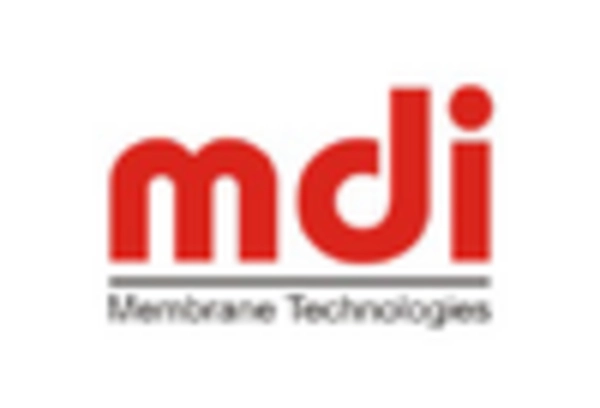
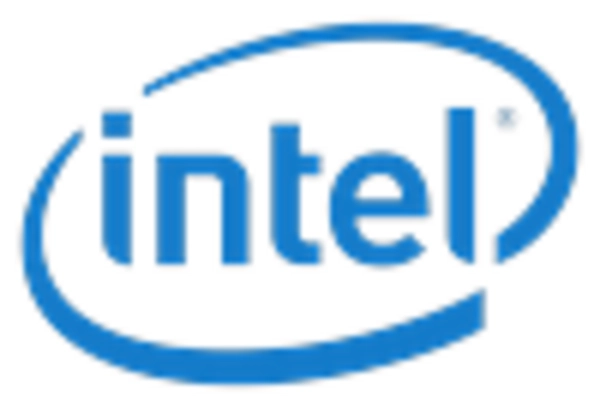
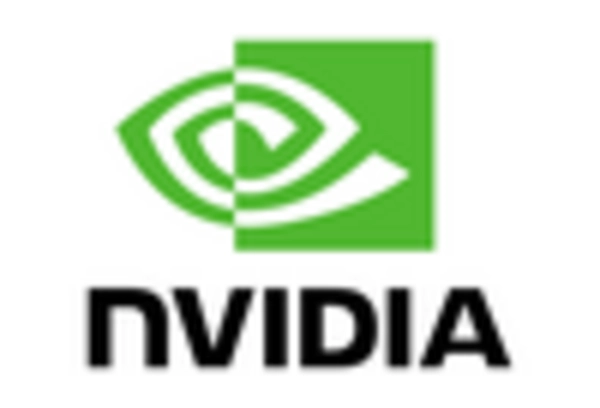










Leave a Comment